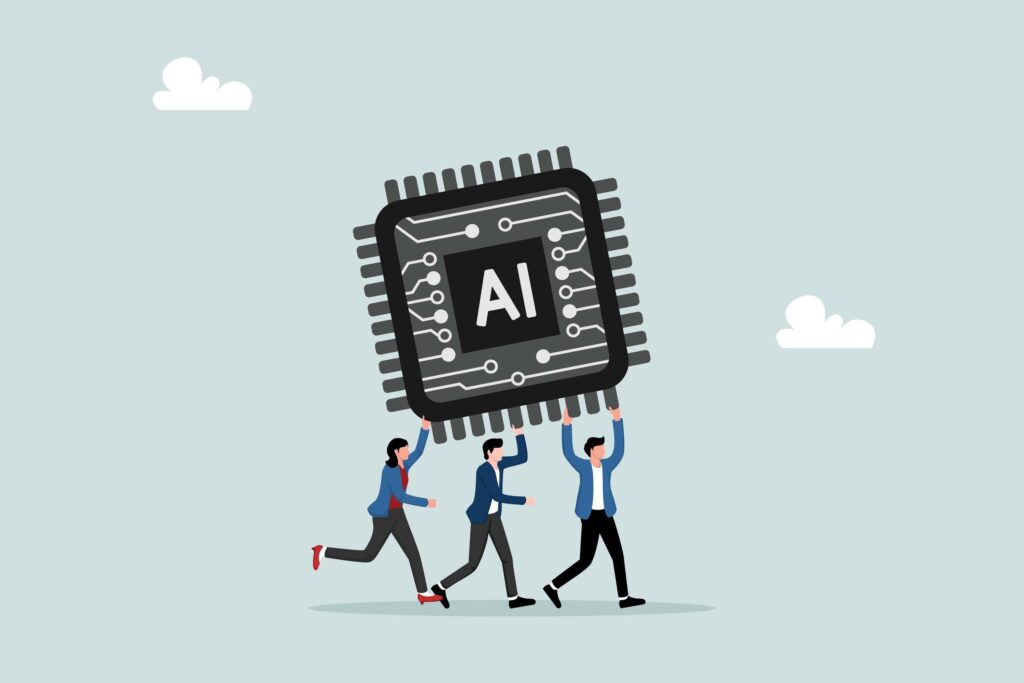Constructing Business Capabilities

Welcome to this series on Constructing Business Capabilities and how they can support the success of your business. You can read the previous post here: Capabilities Demystified: Part 1- Defining Capabilities.
Business capabilities have quickly become the core element of most business architecture models. Three factors largely drive their appeal. First, business leaders at all levels find capabilities an appealing and useful way to think about growing their organization’s impact. Second, capabilities are versatile and easily applied to high-level strategic activities such as scenario planning or outsourcing investigations, as well as lower-level operational analysis. And third, capabilities can be linked to other elements in the planning process, such as people, processes, technology, and information. However, capabilities remain poorly understood and often confused with processes, functions, or services. This series of posts will take a deep look at capabilities from different perspectives.
The Capability Model Structure
A capability model describes the complete set of capabilities an organization requires to execute its business model or fulfill its mission. It might also be referred to as a capability map or a capability canvas. Capability models are multilevel, but the number of levels varies significantly from organization to organization depending on how the model is applied. Almost all have at least two levels, with very few having more than five. Currently, there is no accepted standard for capability structure.
First-level Capabilities Organize the Model
The highest level of a capability model is generally referred to as level one. Early modelers often referred to this level as level zero, but that terminology has fallen out of favor as capability models have become more business-centric. The purpose of level one is to provide a logical way to organize the lower levels and create a focused starting point to flesh out the rest of the model. Some organizations use level one purely as a categorization mechanism where the categories do not represent capabilities themselves but are simply labels. The value of this approach is that the top-level structure can change to fit the audience, reorganizing lower-level capabilities to fit the context. Common approaches to creating the top-level structure utilize the organizations:
1. Value chain
2. Value streams
3. Major functions
4. Business segments
Most models have between five and ten categories or capabilities at this level.
The best approach to top-level capabilities is to define them as the major elements of the organization’s value chain. Business leaders resonate with this view and can quickly identify and come to a consensus on the top-level elements. In this approach, the level-one capabilities are true capabilities that can be described with the same attributes as lower-level capabilities.
Second-level Capabilities Create the Core Model
Level two is considered the core capability model. Many organizations need to go deeper. A well-constructed level two model will provide the detail necessary to facilitate strategic discussions and resource analysis. Capabilities at this level will completely describe the entire organization being modeled but not necessarily at a consistent level of detail. For example, a high-tech consumer products company might have ten or more capabilities related to innovation but only have one for HR or IT. This imbalance reflects management’s viewpoint on the important contributors to their business model.
The number of level two capabilities varies greatly depending on the complexity of the organization being modeled and the intended usage. Most models have between 40 and 100 capabilities. Fewer than 20 make it difficult to perform meaningful resource analysis or improvement design. With more than 100, the model becomes too complex to facilitate strategic discussions and will be relegated to operational analysis activities.
Third-level Capabilities Provide More Insight into Level-Two Capabilities
Level three capabilities can be considered sub-capabilities of their parent level twos. Their fundamental role is to provide further detail to level two capabilities by describing more discrete components. Modeling to level three creates a better understanding of the level two capabilities used in strategic planning. It ensures the correct capabilities are represented in level two (during the level three modeling, important level three are promoted to level two, and less important level two capabilities are demoted to level three). Level three capabilities provide an excellent foundation for assessment and analysis.
Lower-level Capabilities Link to Operational Activities
Capability views below level three are primarily used by solution designers and implementers to connect the model to processes and technologies. These levels are developed much less often than higher levels. They are typically seen in organizations that have either a mature management-by-capability approach or utilize capability modeling largely from an operational viewpoint.
In many models, levels four and below represent process steps or activities. While this might not strictly adhere to the principles of capability modeling, it can be a very useful way to connect the strategic views created at levels one and two to the operational work necessary to support them.
Figure 1- A typical capability model format
The bottom line: _________________________________________________________________
Capability models provide a powerful tool for facilitating both strategic and operational dialog across disparate organizations, providing a foundation for objective analysis, and understanding how and where value is created. Reach out to Accelare for support in your business’s capability models.
The next post in this series will look at how capabilities are assessed and used to prioritize investments.











